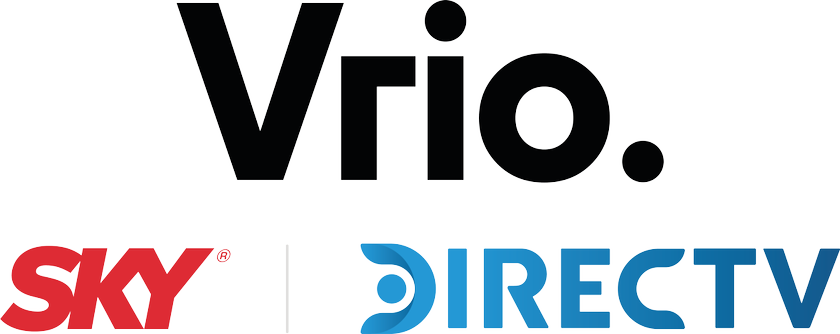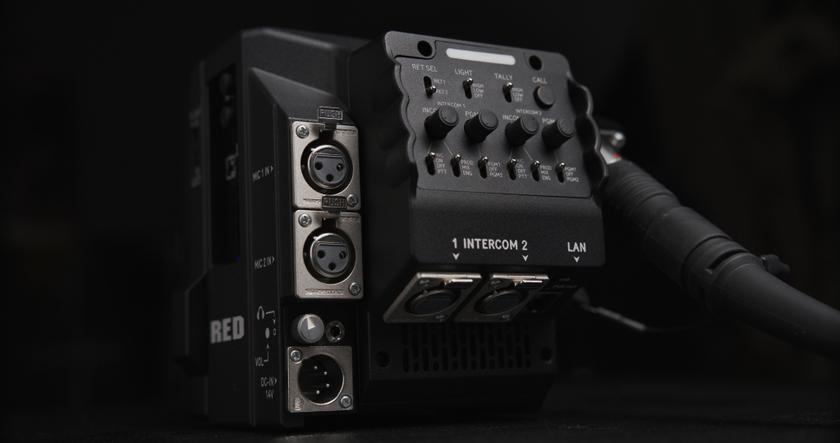Quantel's generationQ servers at Sky News Australia
Few things are as important to modern commercial broadcasters as productivity. In an increasingly competitive global marketplace, getting the most out of your employees and equipment while maintaining on-air quality isn’t a luxury anymore; it’s a necessity.
While there are probably single-man operations in the wilder places of the world doing marvelous things with old tape machines, jerry-rigged transmitters and ancient copies of “I Love Lucy,” Sky News Australia is the epitome of global broadcasting leanness and meanness. It is a place where 86 staff produce more than 110 hours of programming a week. The station couldn’t do that with tape; otherwise, it would be looking at a bank of beta carts and a lot more people. That’s why it has been committed to Quantel and nonlinear technology since 1996.
One universe
The station, a joint venture between the Nine Network and the Seven Network in Australia and the UK’s BSkyB, was launched in February 1996. The station takes in the news feeds from those three companies, along with material from Reuters, APTN, CBS and several other broadcasters and agencies, and it repurposes it into its own 24-hour news service.
Having built the business steadily over the past eight years, the next challenge comes with the launch of its Sky News Active service on the Foxtel digital platform. Built on the basis of the Sky News interactive service in the UK, albeit with a substantially different back-end, it features eight mini screens, five of which are being driven by generationQ servers, and four separate text services.
In addition to producing news on the hour, the station produces 14 half-hour news programs a week, five separate screens of content, a daily free-to-air news service for New Zealand and a news service that goes out on a general entertainment channel in Australia.
With the generationQ servers, there is one universe in which journalists can exist and share content feed. Therefore, if a craft editor is cutting up something for the main channel, that piece can then be grabbed by someone for the New Zealand service, for example.
Workflow
A breaking news story is run live on the main channel and simultaneously ingested in the channel’s news exchange areas onto the servers. (See Figure 1.) Sky has a mixture of 10 QCut workstations and four QEdit Pro craft editing seats. Because the servers let multiple journalists work with the same material at the same time, and because Quantel’s Frame Magic technology ensures that no vital material will be deleted accidentally, Sky Active journalists can be cutting material to run on the Active screens. At the same time, another journalist can be selecting the same clip for a highlights program, while in the background a craft editor is working on pulling it all together.
There was inevitably a legacy factor when it came to choosing Quantel again in 2002, six years after the original installation. However, there was more to the decision than that. GenerationQ goes beyond the newsroom; the station also uses the system for commercial promo insertion. So, the same system drives:
- A 24-hour news channel.
- The content of the news bulletins.
- A 24-hour a day promo and commercial insertion on the channel.
- Most of the 8-screen Sky News Active services.
- All the other services that the station provides for external parties.
In the future, the station would like to extend the server architecture beyond the confines of its current building to the existing Sky News bureau in Canberra and the forthcoming one in Melbourne. Then, if it takes a feed in Sydney and the journalist is in Canberra, the journalist can just look in to the server, do a low browse and take it directly from there, rather than having the station send the feed to the journalist via fibre or up through a satellite. BE
Andy Stout is with Quantel Public Relations and wrote this article based on interviews conducted at Sky News Australia.
Get the TV Tech Newsletter
The professional video industry's #1 source for news, trends and product and tech information. Sign up below.













